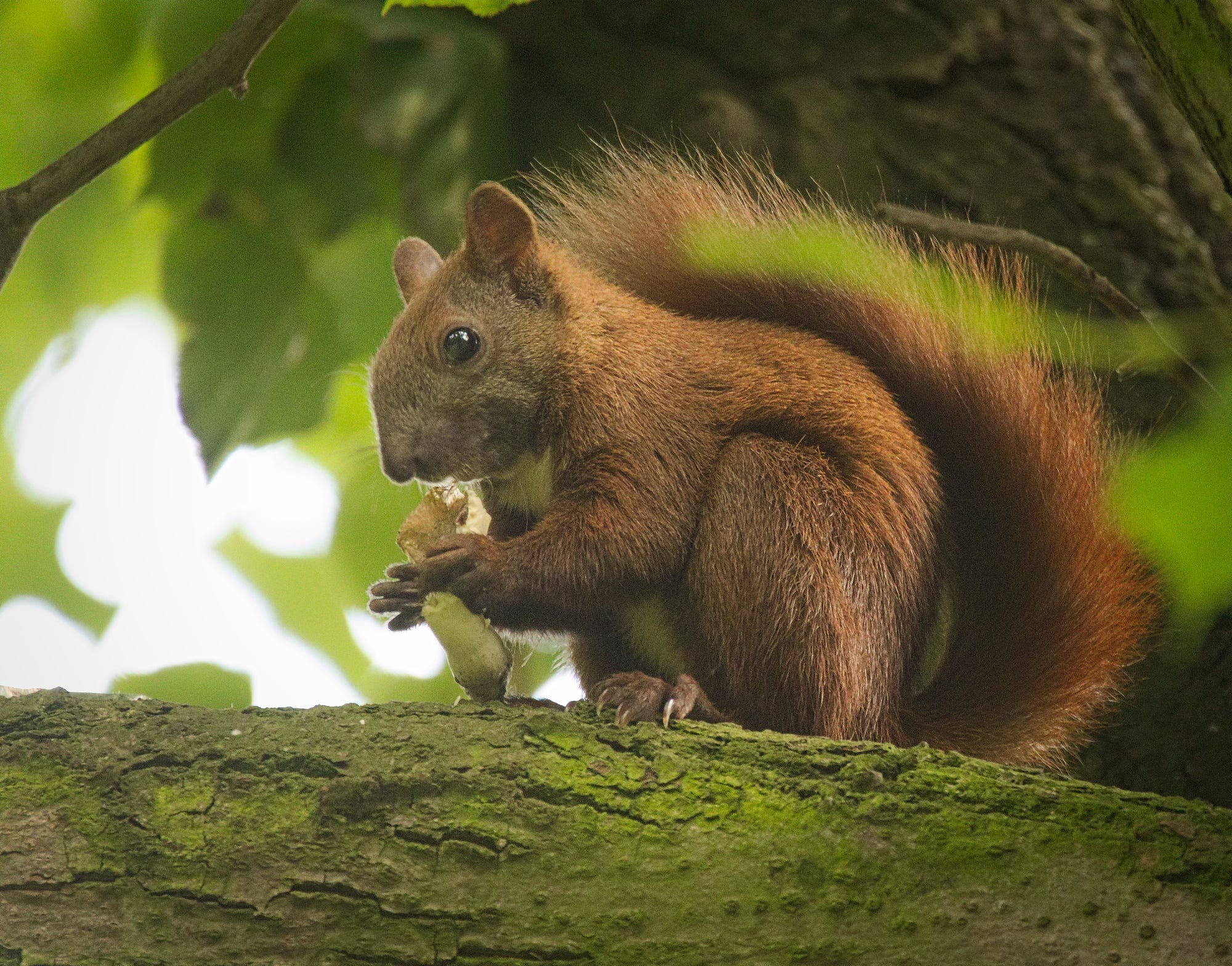
Welcome back to Nature Stories. I hope everyone has had a wonderful holiday season. It has been an exciting year for me. One year ago, I was wrapping up my successful goal of 25 stories in 25 weeks, the stream of consciousness that I would later call Season 1. Moving forward, I decided to do smaller sets of stories related to an overall theme and was able to share some fascinating tales about Symbiosis, Endangered Species, and Mimicry.
I hope you all have enjoyed the journey so far. The topic for Season 5 comes from a suggestion made by Margaret Ward: foraging and diet. This is a topic that has come up multiple times throughout my stories, including the very first one I chose to share after my introductory post. Since then, I’ve looked at foraging behavior in hummingbirds, manatees, and a variety of other species. Below is Myrtle, the green sea turtle, Chelonia mydas, and one of my early sources of inspiration. She is seen here chowing down on some lettuce.

For Season 5, my goal is not to just share the varieties of diets and foraging strategies in existence, but to demonstrate how the former defines the latter. How an organism acquires sustenance is usually dependent on the form that such nutrition takes. The different foraging strategies and behaviors will give a fascinating glimpse into the complex diets of the creatures all around us.
Most of the various diets and strategies that we’ll be discussing have been named using the suffixes -vore (from the Latin word ‘vorare’ meaning ‘to devour’) or -phage (from the Greek word ‘phagein’ meaning ‘to eat’). Keep in mind as the season progresses that the suffixes as written above are used to describe the organism itself, while replacing the last letter with a ‘y’ (i.e. -vory, -phagy) means the word is referring to the behavior.
In addition, no foraging behavior exists in a vacuum. This season will also be looking at the effects of the surrounding environment on diet and feeding strategies and vice versa (yes, the interactions do go both ways, while it may seem obvious that the environment shapes the behavior, there are many instances where the behavior can actually alter the environment). Hopefully, some of these examples will allow you to see these behaviors and strategies in an entirely new light.
I hope you all are continuing to enjoy my stories. A lot of effort goes into each season, including ‘behind the scenes’ crafting the way the stories will play out as it progresses and which stories to share and focus on. If you appreciate the time and effort that I put into these and enjoy my writing, please consider sharing Nature Stories with your friends. It would mean a great deal to me. I’m also always curious what sorts of stories you would like to read about, so please let me know. If I use your suggestion, I’ll mention your name in my introductory post for the season.